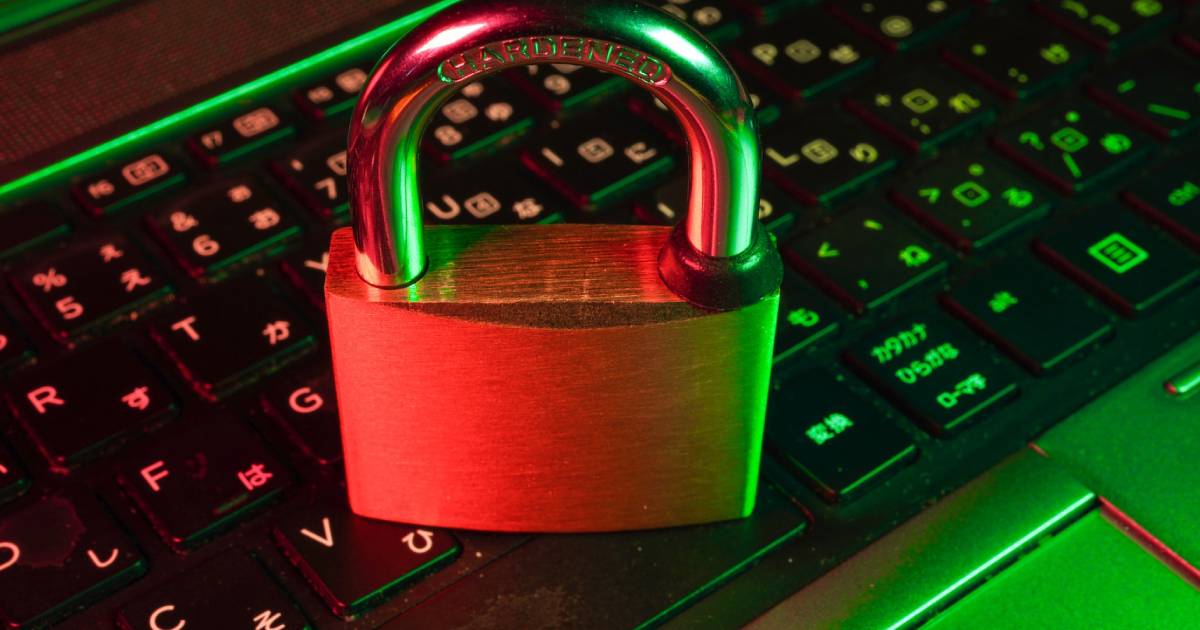At a time when cyber threats are becoming more sophisticated and frequent, traditional security measures are proving to be insufficient. As a result, businesses and organizations are turning to a new approach to cybersecurity called Zero Trust. In this article, we will explain what Zero Trust is, how it works, and why it is the future of cybersecurity.
What is Zero Trust?
Zero Trust is a security model that requires strict identity verification for every person or device that attempts to access a network or system, regardless of their location or level of access. The model is based on the assumption that all users, devices, and networks are untrusted until they can be verified and authorized.
How Does Zero Trust Work?
Zero Trust uses a layered approach to security, with each layer focusing on different aspects of the access process. These layers include:
- Device and User Identification: All devices and users attempting to access a network or system must be identified and authenticated before access is granted.
- Policy Enforcement: Access policies must be defined and enforced for each user and device, based on their identity and level of access.
- Network Segmentation: The network is divided into smaller segments or micro-perimeters, with access restricted to only those who require it.
- Threat Detection and Response: Real-time threat detection and response capabilities are used to identify and prevent potential threats.
Why Zero Trust is the Future of Cybersecurity?
Zero Trust is gaining popularity because it provides a more comprehensive and effective security solution for today’s complex and distributed computing environments. With the rise of cloud computing, remote work, and the Internet of Things, traditional security models are no longer adequate. Zero Trust, on the other hand, provides a more adaptive, risk-based approach that can address the evolving nature of cybersecurity threats.
In addition to providing better protection, Zero Trust can also help organizations comply with regulatory requirements, such as the General Data Protection Regulation (GDPR) and the California Consumer Privacy Act (CCPA).
Conclusion
Zero Trust is the future of cybersecurity, offering a more comprehensive and effective security solution in today’s complex and distributed computing environments. By requiring strict identity verification for every person or device attempting to access a network or system, Zero Trust can provide better protection against cyber threats, while also helping organizations comply with regulatory requirements.
If you are looking for a more secure approach to cybersecurity, Zero Trust is the way to go. It can help you protect your business from the growing number of cyber threats, while also ensuring that you comply with regulations and standards. To learn more about Zero Trust, contact us today.



